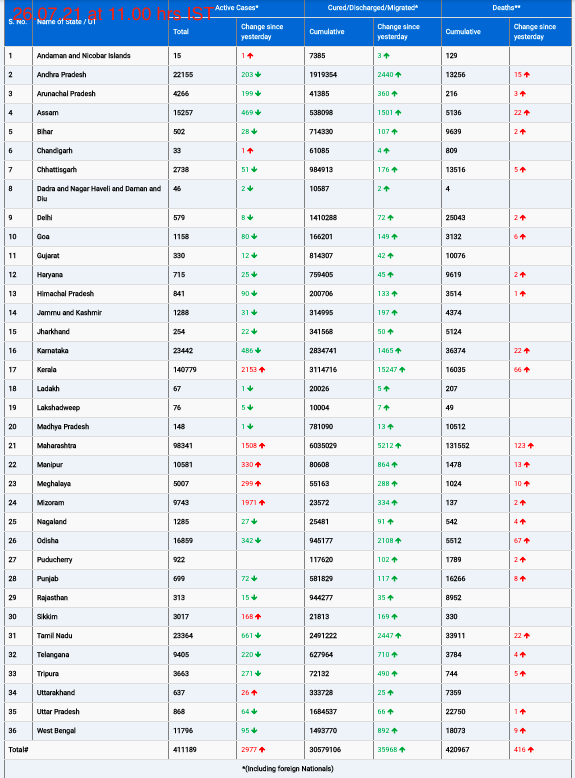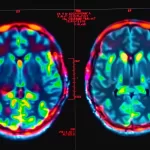Breakthrough Research Identifies a Neural Pathway for Anxiety Treatment
New York, NY — In a groundbreaking study, scientists at Weill Cornell Medicine have identified a specific brain circuit that, when inhibited, significantly reduces anxiety without causing noticeable cognitive impairments. The research, published on January 28 in the scientific journal Neuron, could pave the way for more effective and safer treatments for anxiety disorders.
Unlocking the Brain’s Anxiety Circuit
Using an innovative technique known as photopharmacology, researchers explored how experimental drug compounds interact with metabotropic glutamate receptor 2 (mGluR2), a brain-cell receptor linked to anxiety regulation. Although mGluR2 is widespread in the brain, scientists discovered that activating it in a particular pathway leading to the amygdala—a key emotion-processing center—effectively reduced anxiety-related behaviors without unwanted side effects.
This discovery is significant because many current anxiety treatments can lead to cognitive impairments, sedation, and other adverse effects. By pinpointing a specific neural pathway, researchers hope to develop targeted therapies that mitigate anxiety while preserving mental clarity.
A New Approach to Drug Development
“Our findings indicate a new and important target for the treatment of anxiety-related disorders,” said Dr. Joshua Levitz, senior author of the study and an associate professor of biochemistry at Weill Cornell Medicine. “Additionally, our photopharmacology-based approach provides a precise method for understanding how therapeutics function in the brain.”
The study’s co-first authors, Drs. Hermany Munguba, Ipsit Srivastava, and Vanessa Gutzeit, utilized advanced genetic tools and viral tracers to isolate two specific circuits terminating in the basolateral amygdala (BLA). These circuits, when active, were associated with heightened anxiety levels in mice.
Targeting Anxiety Without Cognitive Impairment
Researchers used photopharmacology to selectively activate mGluR2 in different brain pathways. When the receptor was stimulated in a circuit from the ventromedial prefrontal cortex to the BLA, anxiety decreased, but memory impairment occurred. This aligns with the known side effects of existing anxiety medications.
However, when researchers targeted a different circuit—one running from the insula to the BLA—mGluR2 activation reduced anxiety-related behaviors without causing cognitive issues. This suggests that the insula-BLA pathway may be a key target for future drug development, offering a promising route for anxiety relief without the drawbacks of current treatments.
Future Directions in Anxiety Treatment
“One of the next steps will be to find a way to target this circuit selectively,” Dr. Levitz noted. Since mGluR2 is present in many brain areas, new strategies will be needed to precisely influence only the relevant pathways.
The team is now working to refine their approach and expand their research into other drug classes, including opioids and antidepressants, using their circuit-mapping toolkit. Their ultimate goal is to develop highly targeted treatments that minimize side effects and maximize therapeutic benefits.
A New Horizon for Mental Health Treatments
This research, supported in part by the National Institute of Mental Health and the National Institute of Neurological Disorders and Stroke, offers new hope for millions suffering from anxiety disorders. By identifying specific neural circuits involved in anxiety regulation, scientists are one step closer to developing safer, more effective treatments.
Disclaimer: This article is based on preclinical research findings. While the results are promising, further studies and clinical trials are required before these discoveries can be translated into new treatments for human patients. Anyone seeking treatment for anxiety should consult with a qualified medical professional.











